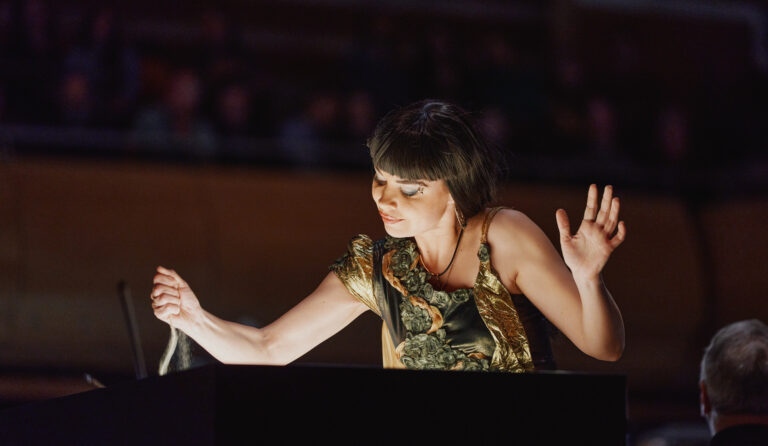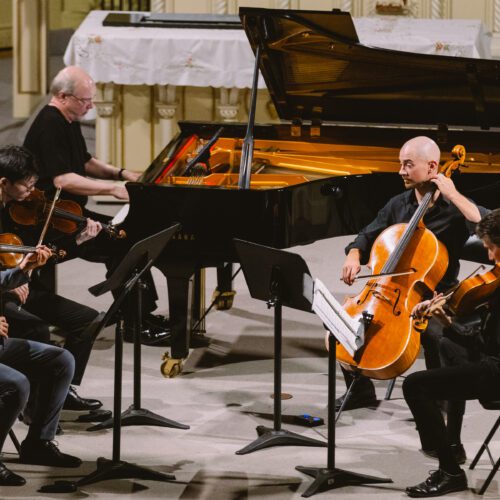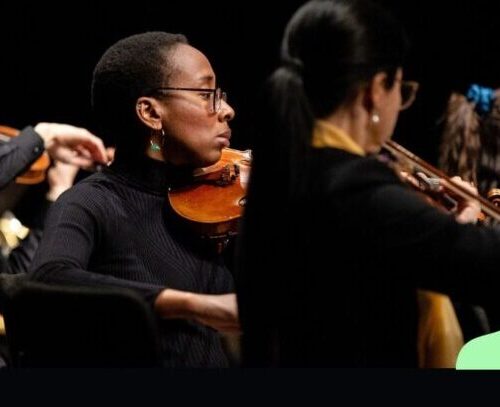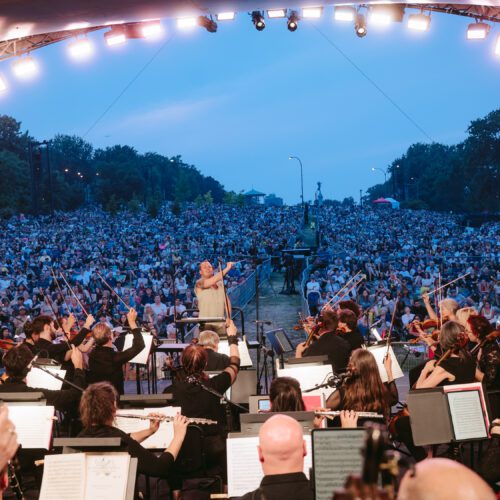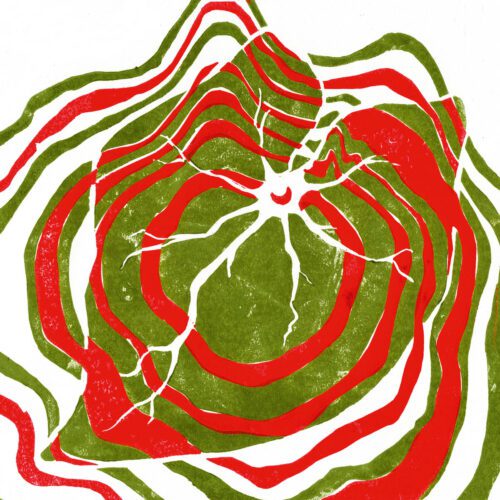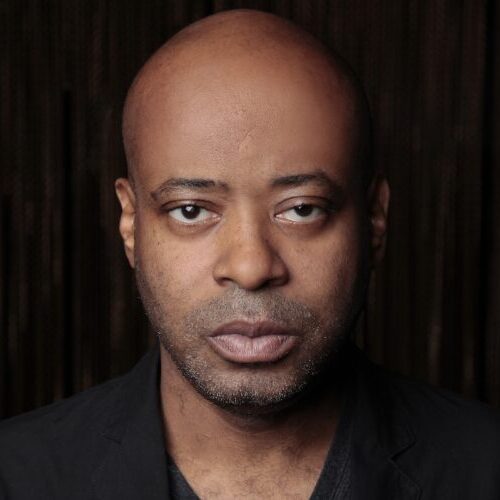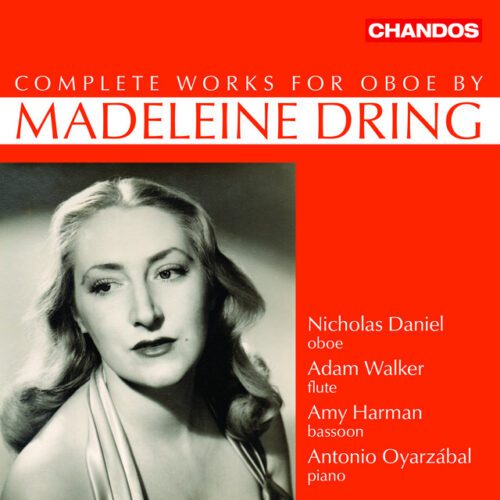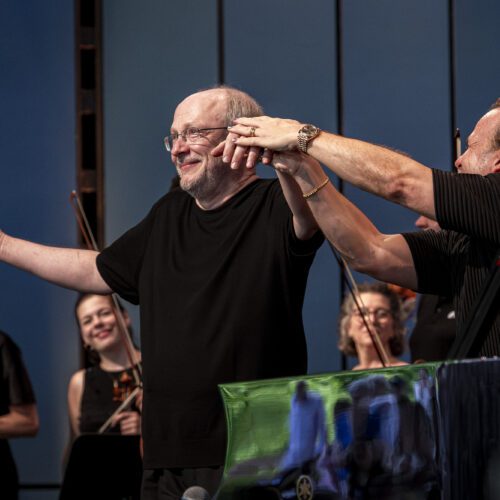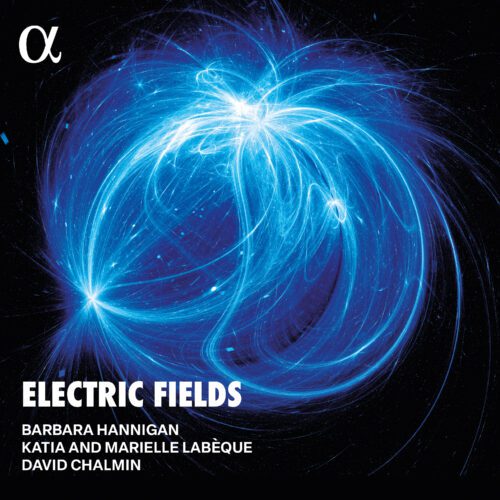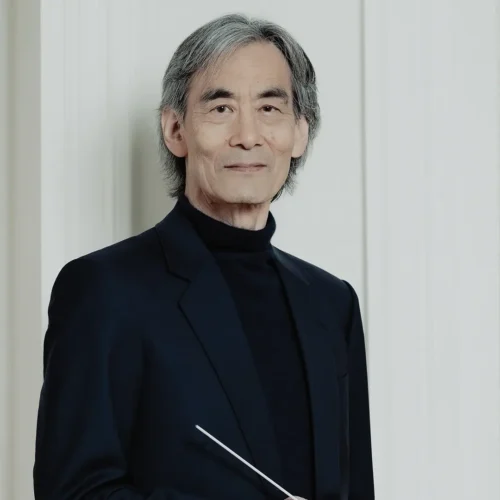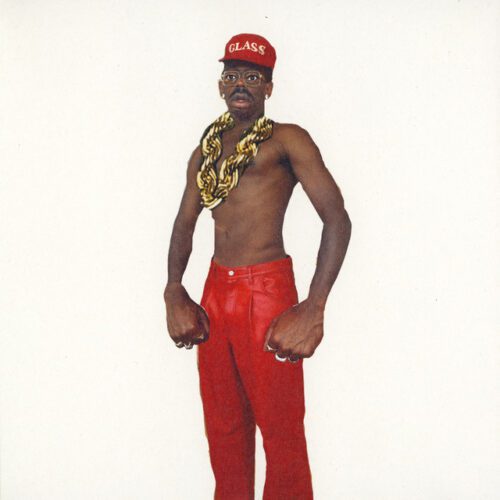Another symphonic evening that fills the music-loving heart with hope and pride. The Maison symphonique in Montreal was packed to capacity on Friday evening. A colorful, well-diversified crowd, with many young people in attendance. The Orchestre Métropolitain (OM) attracts, and what’s more, with a program of works largely unknown to the general public. Something very positive is happening in Montreal for the future of classical music. In short, my first impression of this evening: a success.
Now for the program and the rendering. Let’s say it right away: it was very enjoyable. Conductor JoAnn Falletta, a pioneer of female conducting in the U.S., addressed the audience in a very correct, respectful French. She set the scene for what was to come with sobriety.
The evening opened with Gustav Holst’s Winter Idyll. A short symphonic poem with a pastoral feel, but with a broad, sometimes cinematic deployment. It evokes a picture of wintry England, shrouded in snow. ‘’A bit like Quebec,” the intro says. I doubt it. Holst wouldn’t have written such relatively serene music if he’d known the Canadian cold. Nonetheless, it’s very pretty and Falletta leads with precision, albeit with a little too much reserve, in my opinion.
The first of the evening’s two “stars” arrived for the second course: the flamboyant violinist Nemanja Radulovic. Long hair down to the middle of his back, wide-ankled pants almost reminiscent of a dress, he represents what in another era purists would have loved to hate. Fortunately, we’re not there anymore. What counts is the music. This one, Aram Khachaturian’s Violin Concerto, clearly required this kind of performer. Movements 1 and 3 are furiously expressed, often bringing us back to the energy of his famous Saber Dance. Then, a central movement full of tenderness but also sadness, with exquisite triple pianissimos from the soloist. I was expecting, however, a brighter, more propulsive sound from him. Instead, he sounded veiled, especially at the beginning of the score, resulting in some imbalances between him and the orchestra, which buried his speech on a few occasions. Things settled down along the way, and the musician’s technical fireworks (what diabolical mastery of his instrument!) lifted the crowd into, shall we say, delirium.
I’d like to note the exceptional playing of a few of the Orchestra’s first chairs: horn player Louis-Philippe Marsolais, who performed to perfection a monstrously difficult solo in the 1st movement, and then, in the same movement, clarinetist Simon Aldrich, in an intimate exchange with Radulovic, who was very attentive (the violinist turned around for this passage, with his back to the audience to better converse with Aldrich). A beautiful moment.
After a prolonged standing ovation, Radulovic finally gave an encore: Što Te Nema by Aleksandar Sedlar, a Bosnian mourning song in which the Serbian violinist demonstrated that he cannot be reduced to a media circus virtuoso. In this piece, which oozes melancholy, he achieves an almost unimaginable degree of dynamic sweetness. What, four or five pianissimos? A needle hitting the carpet would have outdone him. Impressive. Thanks to the Maison symphonique’s mesmerizing acoustics, such incredible music-making can be heard in all its finesse. This piece can be found on Radulovic’s Roots album.
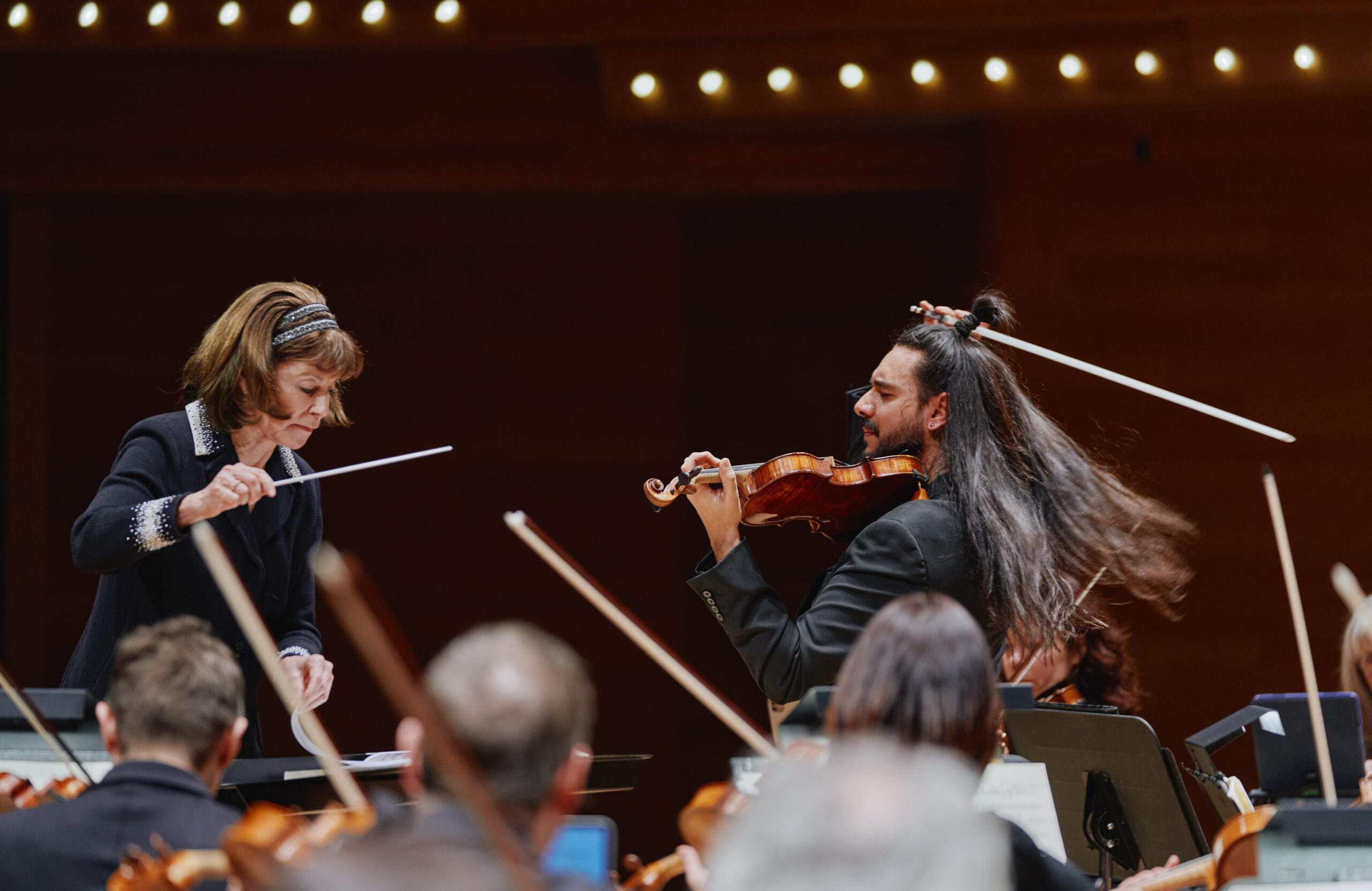
JoAnna Falletta
Orchestre Métropolitain
cr.: François Goupil
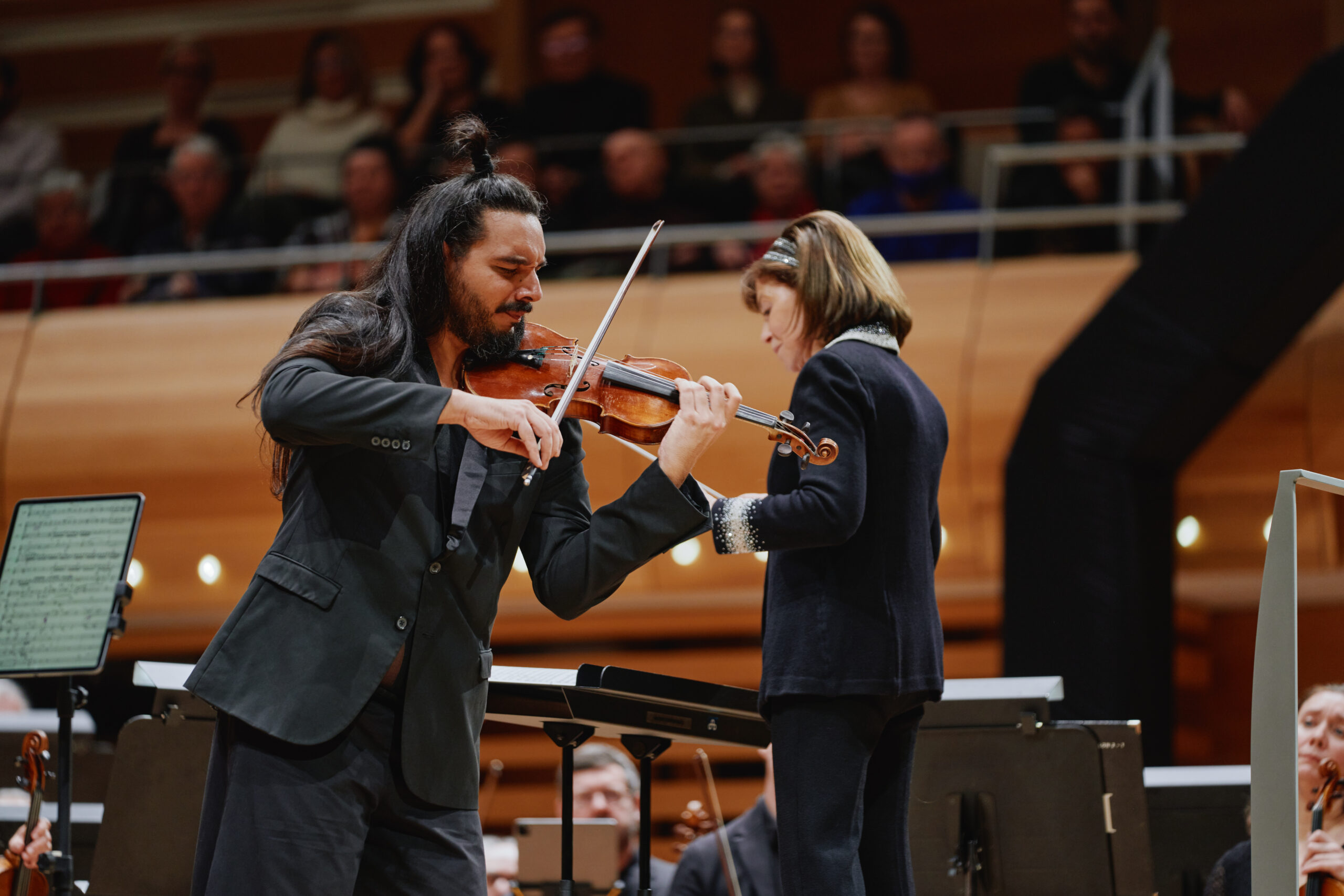
JoAnna Falletta
Orchestre Métropolitain
cr.: François Goupil
The evening’s other star soloist is not a musician, but a visual artist. Ukrainian sand artist Kseniya Simonova has been travelling the world for several years. She has taken part in, and sometimes won, all kinds of popular competitions such as Got Talent in several countries (Ukraine, Britain, America, etc.). Her work is very beautiful, with a more fluid and animated resemblance to shadow theater techniques.
Last night, she was given the challenge of bringing visual life to the score of Zemlinsky’s The Little Mermaid (Die Seejungfrau). Of course, the subject itself was already well-suited to this kind of animation: a classic fairy tale, evocative visual accompaniment, everything was in place for a relevant marriage. I must admit, I didn’t expect it to be so successful and enchanting. Not only does Zemlinsky’s undulating, post-romantic, impressionistic-tinged music have what it takes to transport the mind and heart, but the virtuoso’s visual artistic technique is perfectly suited to it. Kseniya Simonova, too, transforms her canvas with magical fluidity to the ever-changing music. The beard of Neptune, god of the seas, can become, with remarkable ease and speed, a ship carried by the waves or a starry sky. Before our very eyes, the mermaid’s tail becomes a pair of elegant legs. And so on, so that the audience fully understands what the music is telling (although everyone present must already have known the story by heart).
The beauty of the setting is amplified by the slightly golden color of the tabular backlighting, on which the grains of sand manipulated by the artist twirl, lending an ancient, even timeless aspect to the fantastic panorama unfolding before our eyes. All of this projected onto a giant screen for an enthralled symphony house.
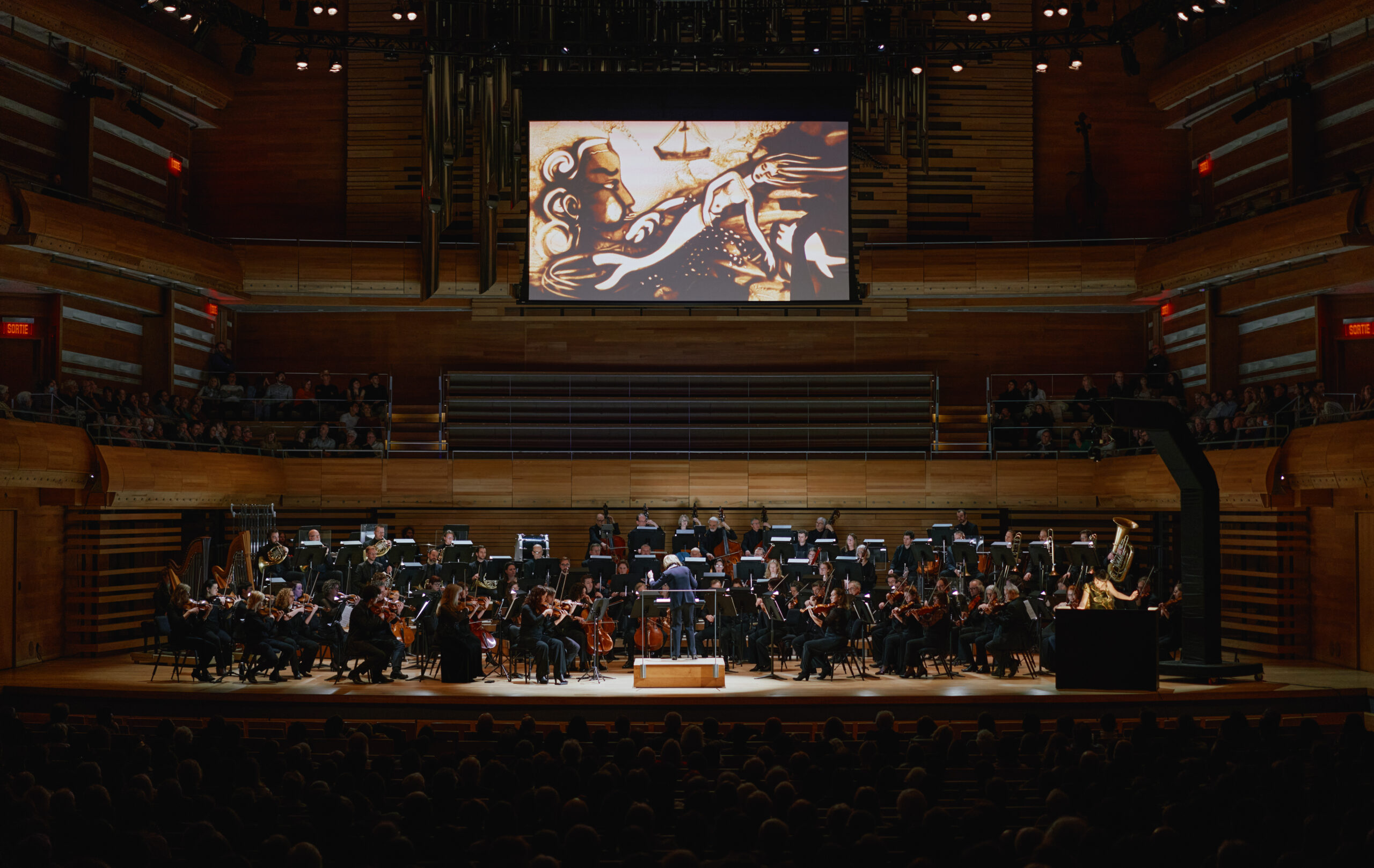
As I said, the Orchestre Métropolitain outdid itself. But I’d also like to highlight JoAnn Falletta’s clear, solid direction. Without being breathtaking, the conductor imposed order and confidence, leaving enough room for the musicians’ expressiveness. A no-nonsense maestra, devoted to the music and leaving the “show” to those who are paid to do it.
I had a very strong feeling that the largely unaccustomed audience came away from this adventure with a shared sense of satisfaction and wonder. Bravo to OM, that’s exactly what music is for.
